My Hero Academia: World Heroes’ Mission will be released tomorrow in US theaters, and class 1-A has some company. Original characters designed by mangaka Kōhei Horikoshi will make their debut in the film with novel quirks and good intentions.
The star of the show is Deku’s partner-in-crime, Rody Soul, voiced by Ryan Colt Levy. Joining him are stars from our own world. Cristina Vee, the voice of everyone from Sailor Mars to Mio Akiyama to Riven, voices Rody’s small but mighty sidekick, Pino. Robbie Daymond, known for playing Tuxedo Mask alongside Vee and so much more, assumes the imposing role of the new villain Flect Turn.
But despite the big names joining the ensemble English voice cast of the shonen anime adaptation, World Heroes’ Mission will also come to theaters in Japanese with subtitles. It’s a common move for anime releases in theaters today, from annual reruns of Miyazaki’s Studio Ghibli classics to the premiers of Weathering With You and Promare in recent years. It used to not be an option though, as when those Ghibli films first premiered in the US with star-studded Disney voice casts.
The persistence of subs is somewhat understandable. Memories of bootleg VHS tapes with fansubs made by English speakers learning from whatever the pre-iPhone equivalent of Duolingo was, and infamous 4Kids dubs on TV impacted generations of fans. But anime is mainstream now, and that brings with it a dubbing renaissance due in no small part to the actors behind the characters. Dubbing is a specialization, and acting careers are built in anime.
At New York Comic-Con earlier this month, My Hero Academia’s English scriptwriter spoke a bit about how World Heroes’ Mission, whether you watch it dubbed or subbed, is not really a translation, but an adaptation to the English language. On the eve of the new film, we spoke to Vee and Daymond, now among the vanguard of anime voice-over actors, with Levy well on his way to joining them.

Origin Stories
Every hero and villain has an origin story. With the longest-running filmography of the trio, Vee shared how she got started working in anime as a fan. “I grew up loving anime. Back then you only had Pokémon, Sailor Moon, just a few shows, but I loved it so much and I wanted to be in an anime.”
So, Vee ended up fan dubbing in a community of aspirational voice actors. “Everyone wanted to be voice actors. So we would dub our own clips and upload those, and that’s how we got our first practice,” she recollects. Without naming anyone, she adds that “a lot of people working these days were in that same community.”
Her first audition was for Samurai Champloo, and though she didn’t get the role, she was asked to keep auditioning. Since then, Vee has voiced major roles from Mio (K-On!) and Sailor Mars to Shantae and Velvet Crowe (Tales of Berseria). She adds to the stardom of My Hero Academia’s cast as the voice of Pino, Rody Soul’s songbird familiar. “A lot of my career I felt like, I want to be established and I want to be in great franchises,” Vee admits, “but during the quarantine-pandemic — it makes you reflect on stuff — and I feel really lucky that I feel like I did achieve that goal.”
[I] just want to create as much as possible.”Cristina Vee
“It’s the creating of it that matters more than anything,” says Daymond. “‘Cause the rest of it’s fleeting.”
The voice of Humarize’s leader Flect Turn, Daymond grew up watching Dragon Ball Z and Cowboy Bebop. A fan of JRPGs from a young age, he mentions FFX specifically as an inspiration. But Daymond didn’t pursue VA from the start of his career.
“I have been an actor most of my life,” he notes. “I had my Equity card since I was 10, and I went to school for theater, I went to college and then grad school.” After moving to Los Angeles following his studies, Daymond worked in live-action productions. “I always had in the back of my head that voice-over could be a path for me,” he says. “I was always interested in it.”
It was while working primarily on commercials and voice-over for Western animation that a friend invited Daymond to Anime Expo in 2013, reigniting his childhood passion for the medium. After the event, he got in touch with agencies to find auditions and by Anime Expo 2014, Daymond was on stage with Vee announcing the cast for the new dub of Sailor Moon.
Now, Daymond has roles in projects as big as Persona 5 (Crow) and Final Fantasy (Prompto). “The truth is we all get our shot at it and at some point down the road someone’s gonna go ‘Robbie who?’ And I’m okay with that as long as I get my time to make the stuff and do the best job that I can. The rest of it’s just gravy — and really tasty gravy — but it’s not really what we’re out here to do.”
A Rising Star
Not every new cast member is so established, however. Fittingly, the man behind World Heroes’ Mission’s scrappy deuteragonist is himself a rising star. Levy introduces himself as the “new guy,” noting, “I’ve been a massive fan of film and storytelling and theater and anime and video games since infancy, probably before I knew how to do anything I knew I loved film and storytelling. I was the kid playing Nintendo when everyone else was playing sports.”
Like Vee and Daymond, Levy was a fan of anime from a young age. “I think I was in grade school on the school bus,” he recalls. “Someone gave me a Dragon Ball Z manga and then that went from there.”
But while he always felt connected to the storytelling in anime and JRPGs, Levy says he “never actually thought of it as a possibility.” Instead, he became a musician: “I was pursuing music with a band and I was writing songs and touring and doing all these things thinking that was my trajectory and I kind of avoided pursuing acting because I was almost afraid that I didn’t have a place there, that I was just going to get rejected for — you know, people that look like this for a long time didn’t have real opportunities.”
But when Levy moved to Los Angeles, he started exploring acting again by taking classes and pursuing roles. Though he started out on camera, he ended up in live-action dubbing and found that “being a musician, being in the recording studio was a comfort zone for me. That collaboration just felt natural.” From there, he built up his VO portfolio and eventually landed a role as Sakazaki in Kuroko’s Basketball.
Daymond amends Levy’s story with a piece of advice: “Word to the wise, Ryan, as a former new guy. You will be an up-and-comer for the next three to nine years and then you’ll wake up one morning and be an old timer.”

The Dubbing Renaissance
Vee, Daymond, and Levy hold a somewhat unique position only a select few voice actors working in anime find themselves in. Take a look at Vee’s filmography and you’ll probably see a character — or more likely three — that had a major role in a show you love. They’re also the most recognizable names for many of those titles as the people that show up at conventions and who talk to fans in the United States. They’ve become the face of many franchises and acquired some celebrity in anime fandom.
“Let’s not tiptoe around it,” Daymond says, “It’s awesome. We’re super lucky, it’s super fun. There are a ton of talented people out there that never get this opportunity. There are people that work in voice-over that you’ve never heard of that have probably been doing it much longer than we have.” And as people who were — and still are — fans, the effects of fandom on the industry are apparent. Daymond continues: “I think that anime is mainstream. I don’t think that I know it is now mainstream…[And] fans are the genus of that. They are so awesome. They are passionate. They show up. And overall, in general, they are extremely positive…I think I owe all of that to them. And to be the face of any sort of franchise is a bit of a responsibility, but also a total honor. I mean how fun, be real about it, super cool.”
“Our job is pretty straightforward. We’re trying to give the most honest performance we can.”
Robbie Daymond
But that relationship can also be fraught, such as in the eternal debate of dubs vs. subs that often fails to acknowledge just where the people working on dubs are coming from.
As Levy puts it, “I think all of us, whatever our job is whether we’re actors or not, we want to do good work and we want to do meaningful work and we want to do something that has a positive impact on people. When we take in art, film, music, whatever, we take it in almost medicinally. I’ve always felt that. It’s medicine. It can be healing, even if it’s something that’s challenging.”
“Dubbing is technically difficult,” Daymond asserts, “It’s one of the most technically difficult kinds of voice acting.” And it’s not just working around the flaps that were animated for dialogue delivered in another language that voice actors must contend with. “You also have to honor the Japanese while also making the localization translatable to the culture that you’re working within, while also being live and genuine in the moment, while also understanding the scope of what you’re doing.”
Levy adds, “I think for me though, a big thing is the collaboration also directors and engineers and everybody working on this stuff all together, adapting this stuff. It’s a Herculean team effort … Everyone is putting their heart into this and no one is trying to make something subpar. That’s never a goal. We always say it’s like putting a puzzle together. It’s this extraordinary puzzle we want to take a step back from when it’s done and be proud of.”
Despite the difficulty and complexity, as well as the backlash when it doesn’t land as well as everyone is aiming for, there are still people doing this work.
“I think we’ve hit a bit of a dubbing renaissance where there is a passionate group of people doing it to the best of their ability and really care,” Daymond remarks. “Though I feel like sometimes the quality can still be all over the place a little bit, I do think there’s a current generation of voice actors within the dubbing space that are giving it their all every single day and those performances that come out are equal if not sometimes better than the original. So I think we’re in an interesting time right now. And I think a really positive one.”
The Future of Anime
At the end of our time, I asked everyone what they were most excited for going forward as actors and fans of anime. Levy responded quickly, observing, “I’m always excited … I will always be like the golden retriever who’s showing up happy and ready to play even on my most exhausted days.” Against touching on the healing power of creating and experiencing art, he says candidly: “You can be at your lowest emotionally, mentally, whatever and the second you plug in and those beeps go, you’re transported. You are transported and you’re just instantly grateful and happy. I think that goes for all of us.”
“I always look forward to the reactions of people watching the shows,” Vee says. She tells me that she’s now returning to conventions, “and to see the excitement, even for older shows” has been surprising.
“Other shows I’ve been in had a renaissance throughout the pandemic. and suddenly people were like, ‘Oh my God, I watched this through quarantine’ and it’s so great. I think that’s my favorite part because I’ve been in this booth for what feels like years now. To see people are actually watching this and they like it and we get to be excited about it together, that’s my favorite part.”
And with an enthusiasm that is challenging to translate into written words, Daymond captures the anticipation of the release. “With a film like the one we’re working on — let’s go, that’s what we’re talking about — it’s been a really special experience and I for one cannot wait to see it in theaters with a big screaming audience. Let’s go! It’s gonna be awesome!”
My Hero Academia: World Heroes’ Mission is out in theaters Oct. 29. WGTC’s review gave the film 3.5 stars, calling it a fun if inconsequential romp across the world for the heroes of class 1-A.


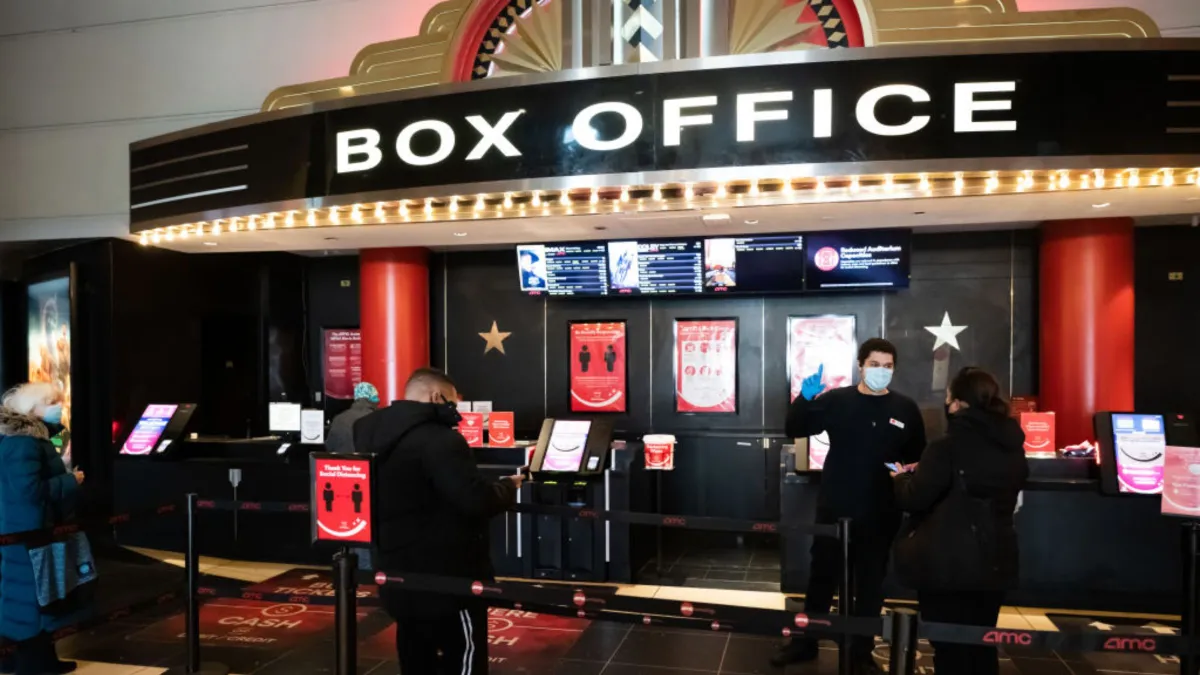
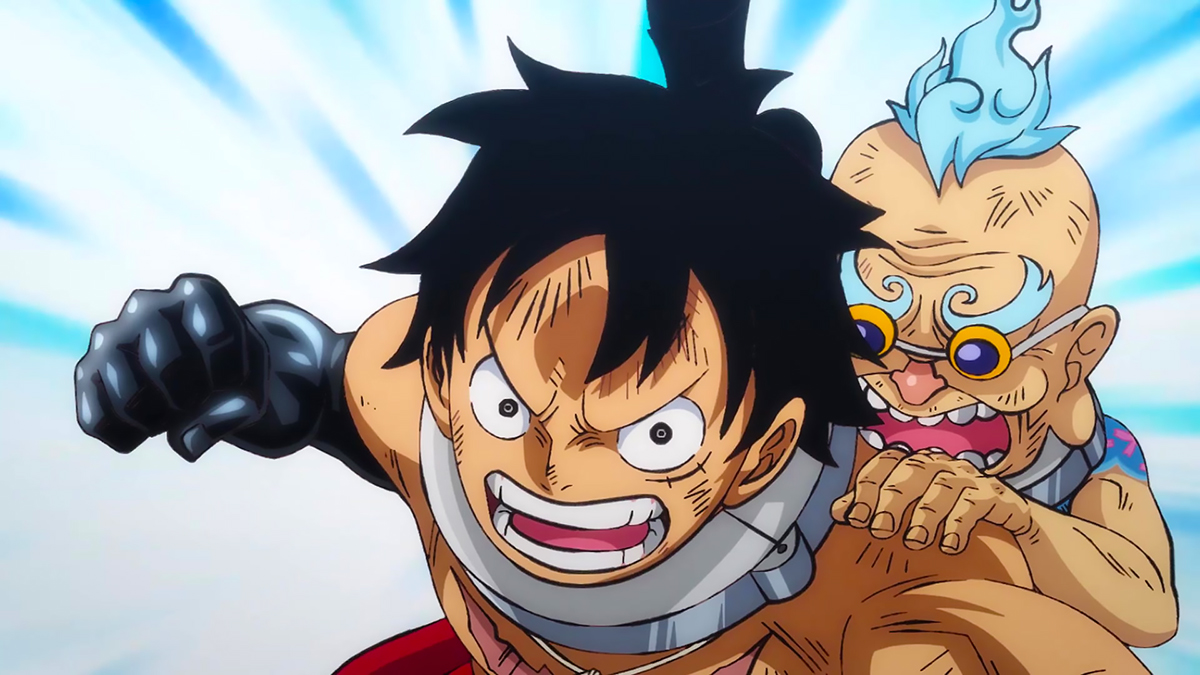
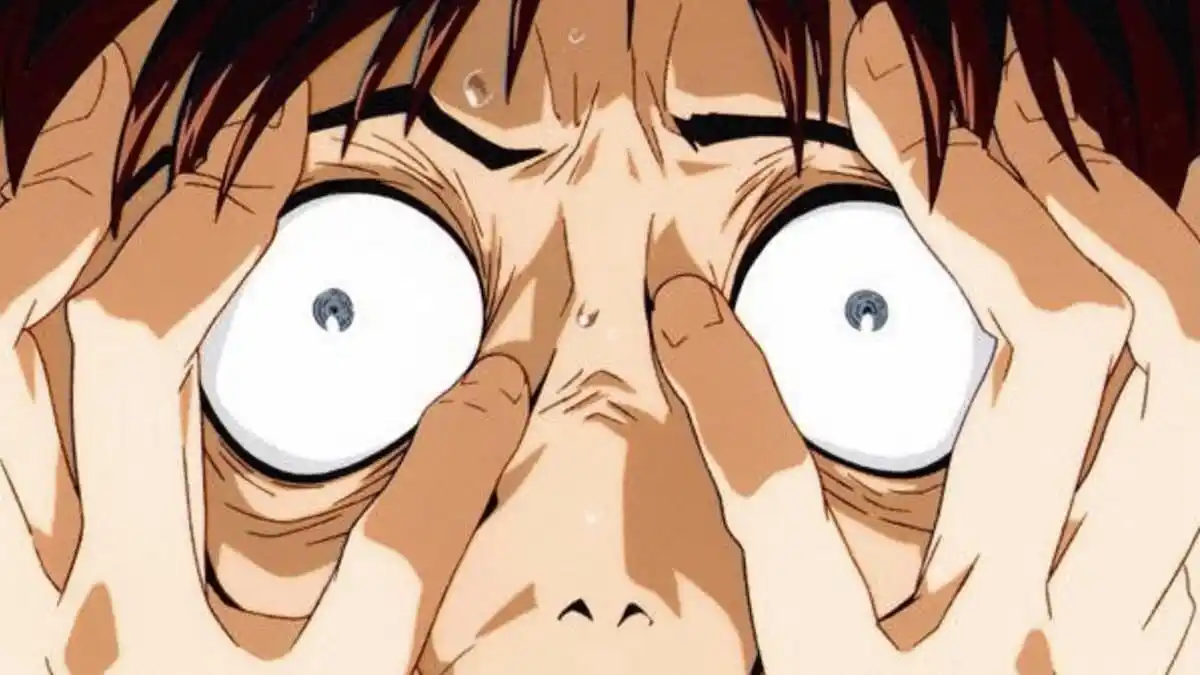
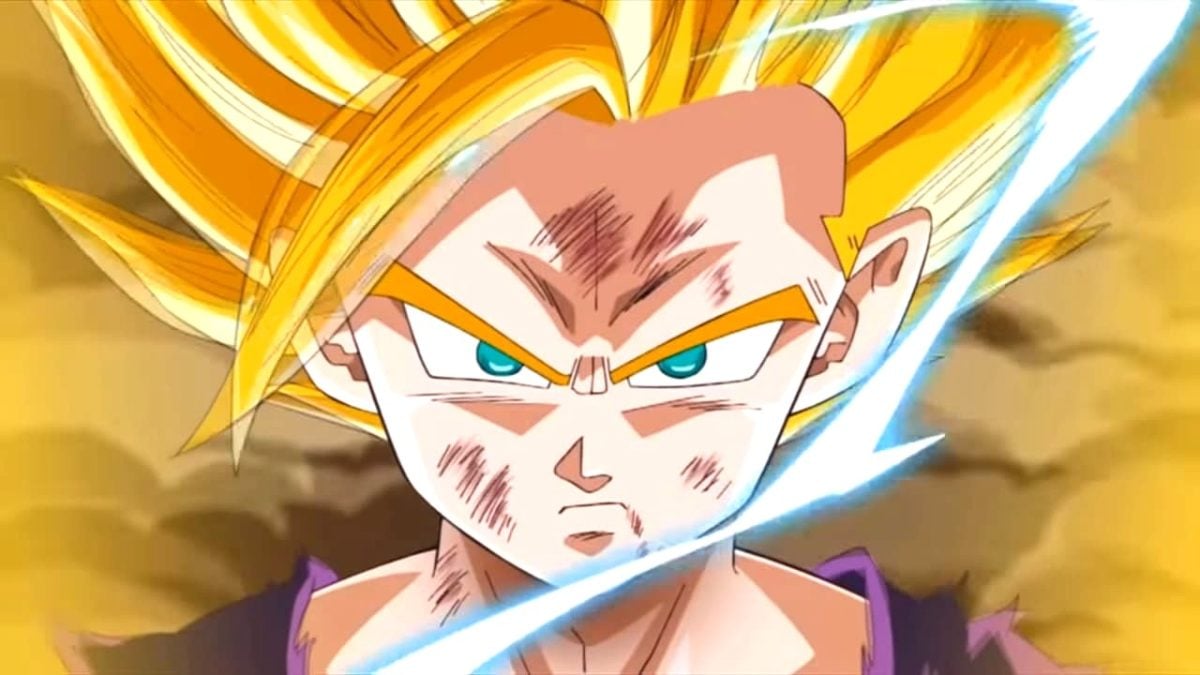
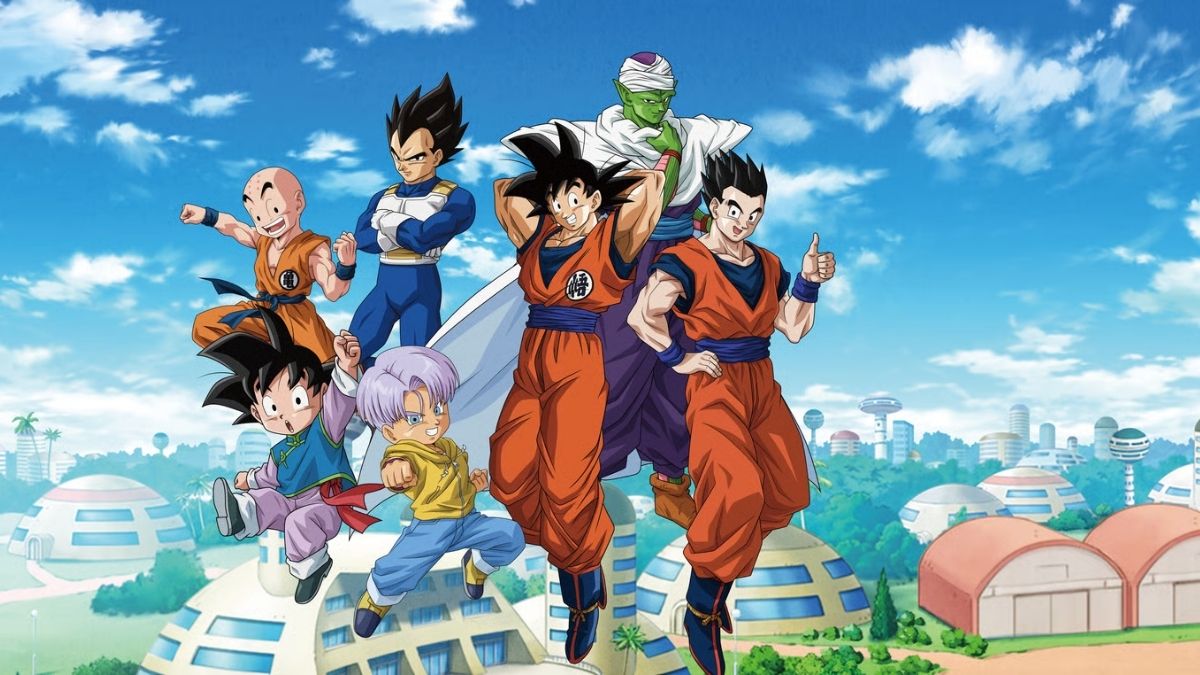
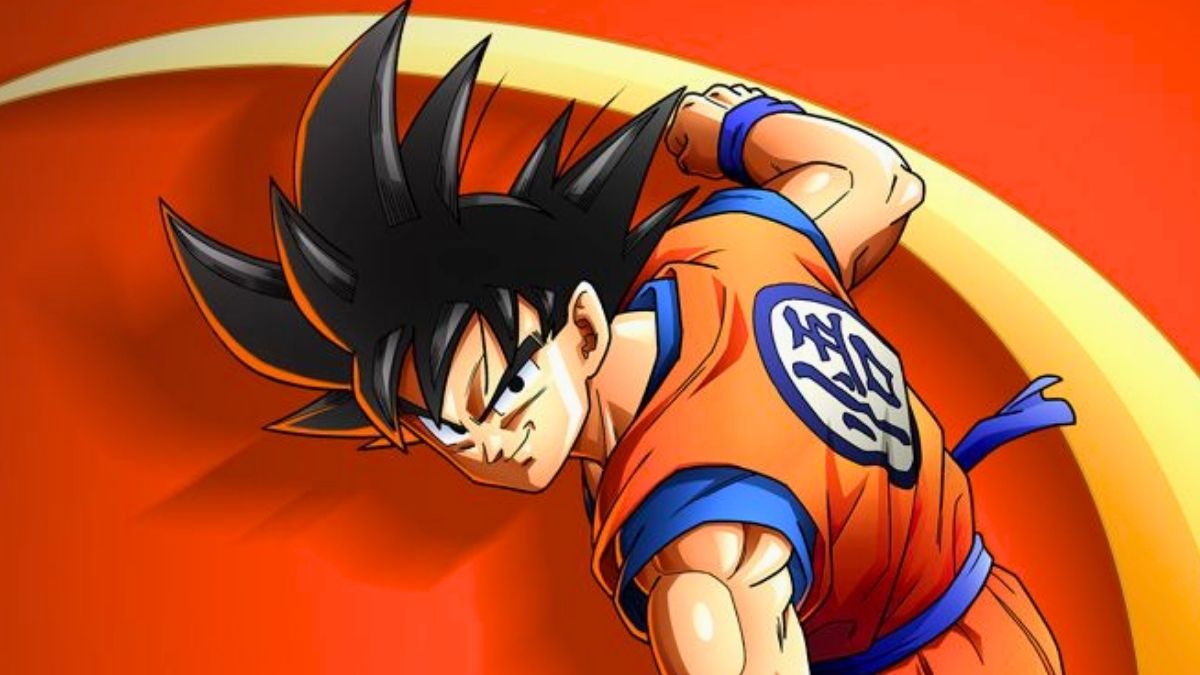
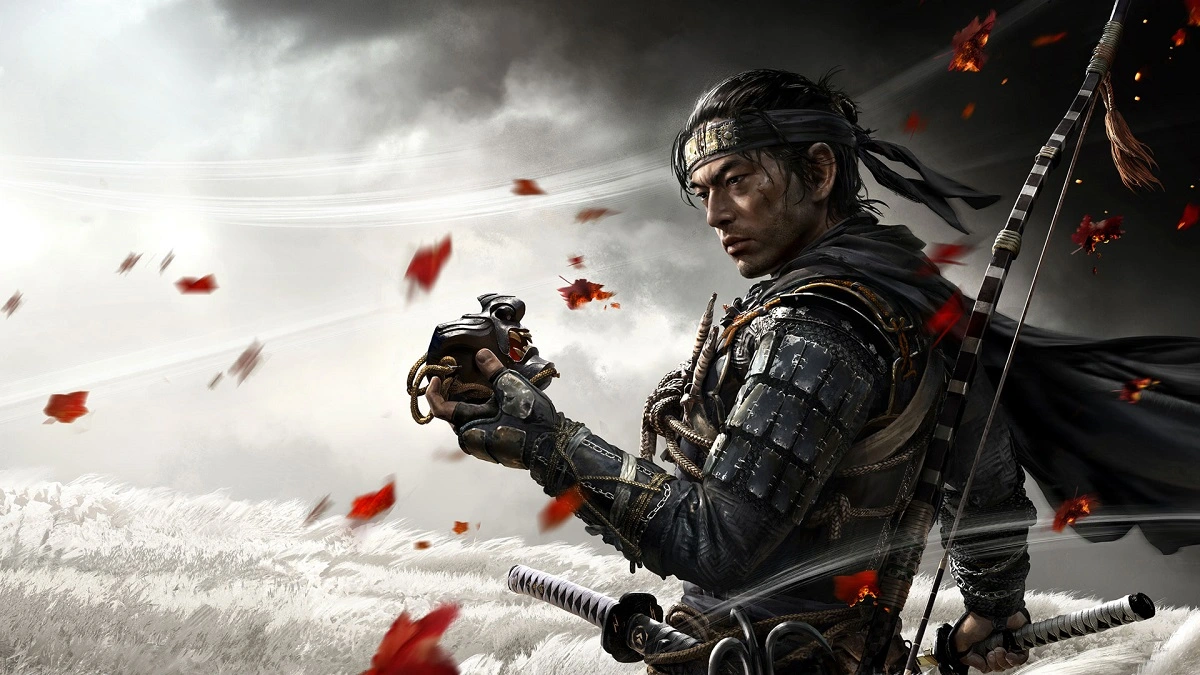
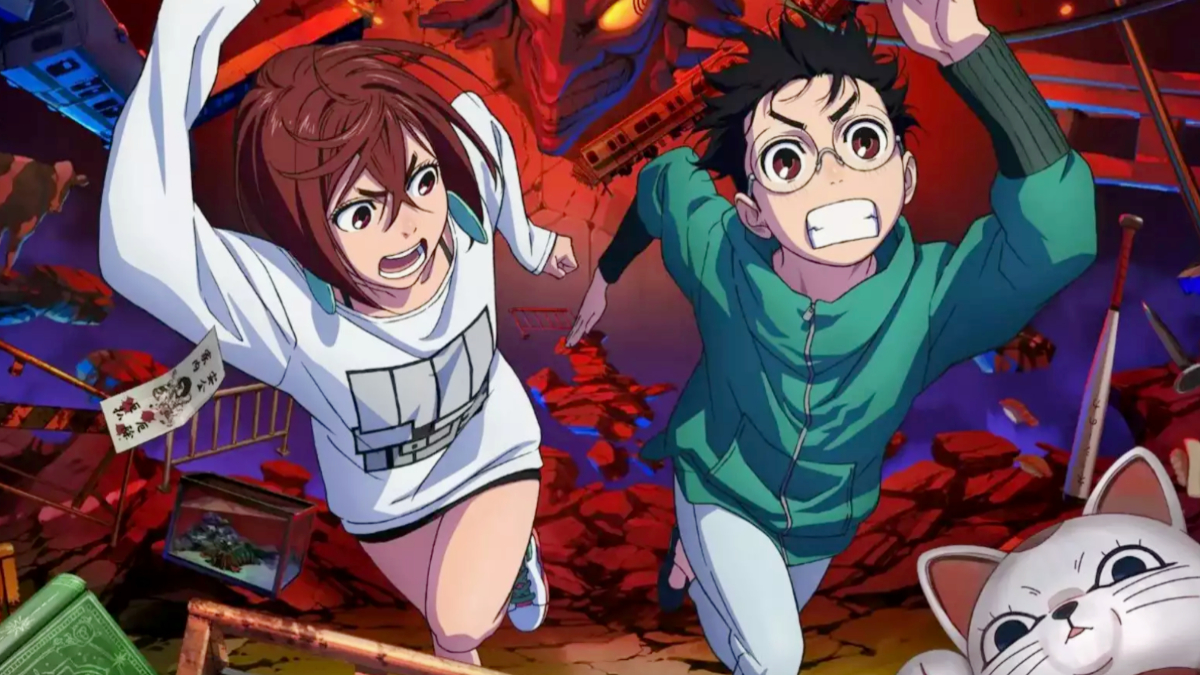
Published: Oct 28, 2021 03:13 pm